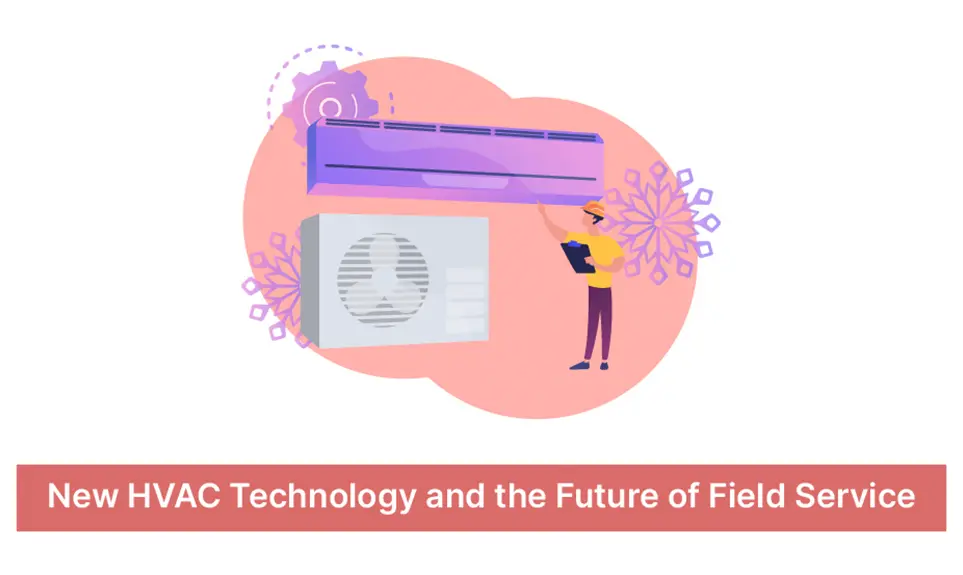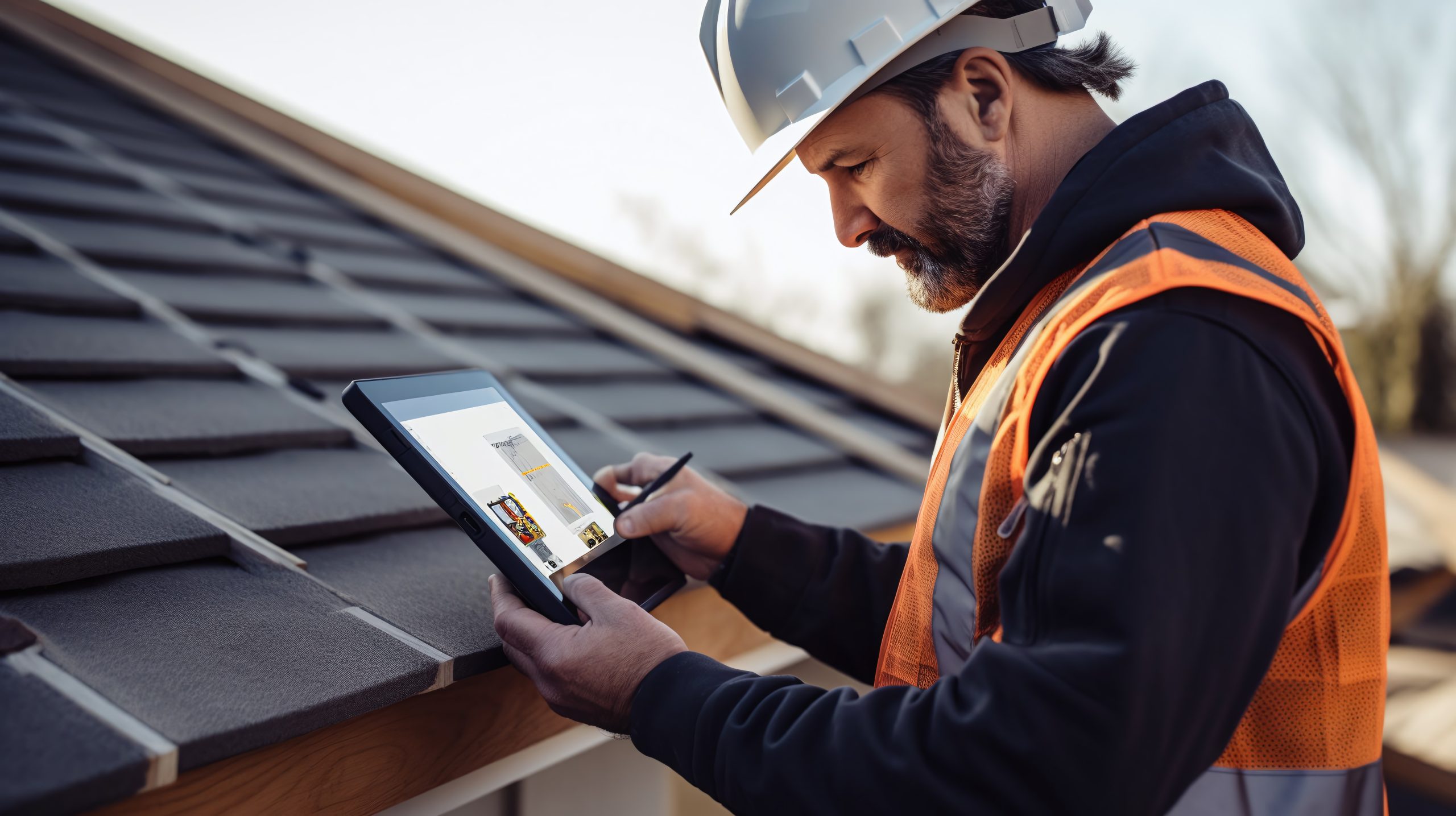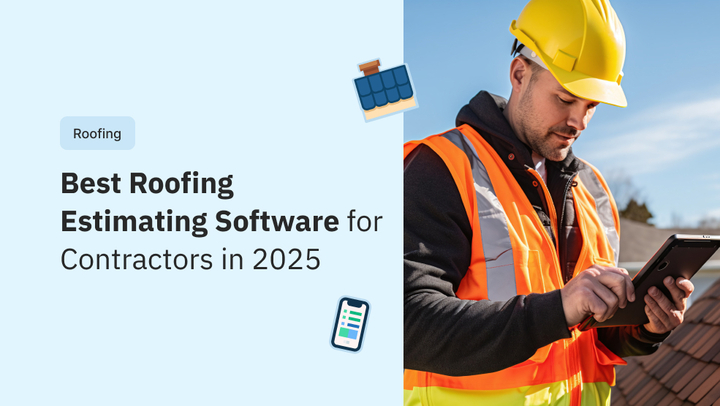The population is rising exponentially across the globe. This has led to the construction of several high-rise buildings (any building that is 150m or above in height) that can accommodate more people in a smaller space.
There was a time when high-rise buildings were predominantly used for commercial purposes. But today, there is an equal number of high-rise residential buildings. According to Statista, nearly 35.7% of all high-rise buildings were residential, 31.7% were commercial, 31% for mixed-use, and 1.6% for hotels.
Now, the biggest challenge faced by a high-rise building is maintaining overall energy efficiency without compromising on thermal comfort. This can be achieved only by installing the right HVAC system. However, planning and installing HVAC systems in a high-rise building is never easy.
Why is high-rise HVAC a challenge?
The heating and cooling of high-rise buildings pose serious challenges usually not encountered in buildings with fewer floors. As the height of the building increases, it leads to a decrease in air temperature outside the building. There is also a drastic increase in wind speeds. Such changes alter the building’s ambient temperature, making the HVAC system work overtime.
To make matters more difficult, the spaces in the lower floors tend to be hotter than the ones in the higher floors. So the HVAC system you install must be able to handle such drastic deviations within the same building.
Also, due to their massive size, high-rise buildings require extensive energy usage. In fact, in such buildings, over 30% of energy is consumed by the HVAC system.
Also, since most of these buildings are quite narrow, there will not be a lot of space for HVAC equipment. Since high-rise buildings also have houses, residents wouldn’t want to give up on private spaces such as high closets or ceilings for HVAC ductwork or equipment installation.
All these challenges mean that it is high time to integrate new technologies from the HVAC industry to reduce energy consumption, occupy less space, and ensure adequate comfort for all the residents. But first, let us look into some traditional HVAC technologies that have been used for ages.
Traditional HVAC technologies for high rise buildings
Packaged units
These are usually found in old high-rise buildings. These units can fit in the existing wall opening and serve up to two rooms. They are very noisy and cannot provide the required comfort for today’s residents.
Four pipe water system
This HVAC system is a centralized piped water unit. It has a boiler for heat and air-cooled chillers for air conditioning. This system is energy efficient, but it is very expensive to install. It is also difficult to measure energy consumption for individual residents.
Individual split AC
In such arrangements, there is an individual unit for each space. The condensing units are usually placed on windows or on balconies, while indoor units are installed within the space. They are cost effective, but they take up a lot of space. Also, you need to lower the ceiling height to make space for ductwork. These systems are also inefficient, noisy, and don’t work well on higher floors.
Central water-cooled system
These are usually the goto choice HVAC system for most high-rise buildings. It has a boiler and a central cooling tower that serves as a water source heat pump in each apartment/space. However, since it is powered by water and connected to the whole building via pipes, it can cause extensive damage if there is a water leak. It can also be very noisy and have space issues similar to that of a split AC system.
VRF system: new HVAC technology
A variable refrigerant flow or VRF system is a new technology that eliminates every problem associated with traditional HVAC systems. VRF systems have become the default HVAC system choice for high-rise buildings in Europe and Japan. It was introduced in the US during the past decade and gained a lot of popularity in recent years due to its superior comfort levels and high efficiency.
The VRF system has a large condensing unit connected to several small handlers throughout the entire space. The system is air-cooled, which helps in eliminating the danger of water leaks. It also doesn’t need any chemical treatments to prevent the formation of bacteria.
Advantages of VRF system for high rise building
Comfort
The VRF system is capable of varying the amount of refrigerant that is sent to each air handler. This gives it a great advantage as it can offer customized heating and air conditioning via multiple zones within a given space. This feature also helps in addressing the issue of varying thermal demands in the lower and upper floors of the high-rise buildings.
Energy efficiency
The VRF system is designed in such a way that it can minimize energy consumption. This is because the system reuses the heat that is given out by the condensation process. This heat is navigated to other areas in the space, making it the best option for supplement heating and for reducing energy costs.
Quite
Since the VRF system uses small air handlers and doesn’t require any ducts for HVAC installation, it makes the system quiet and extremely comfortable for the owners.
Less space
The small air handlers in the VRF system make it possible to use less indoor space.
Dependable
HVAC breakdowns must be avoided at all costs. But the probability of breakdown in high-rise heating and air conditioning systems is usually. The VRF system takes care of this by using a compressor that runs at a low capacity; this reduces wear and tear and decreases the breakdown probability.
Like VRF, there is also Demand Controlled Ventilation, which helps to maintain adequate indoor air quality by automatically adjusting the ventilation rate in space in response to changes in factors like the number of occupants or indoor air quality.
And these are some top technology trends that are impacting HVAC companies today.
Conclusion
HVAC is a key component of every building today, especially high-rise buildings. Unfortunately, most of the traditional HVAC systems are not up to the mark and come with an array of disadvantages. Thankfully, new technologies like VRF systems take care of these issues and help both the residents and the HVAC business who installed the system.
Residents can enjoy a pleasant environment inside the building, while the HVAC business does not have to worry about constant complaints or maintenance requests from the residents or building owners due to the system’s efficient processes.






